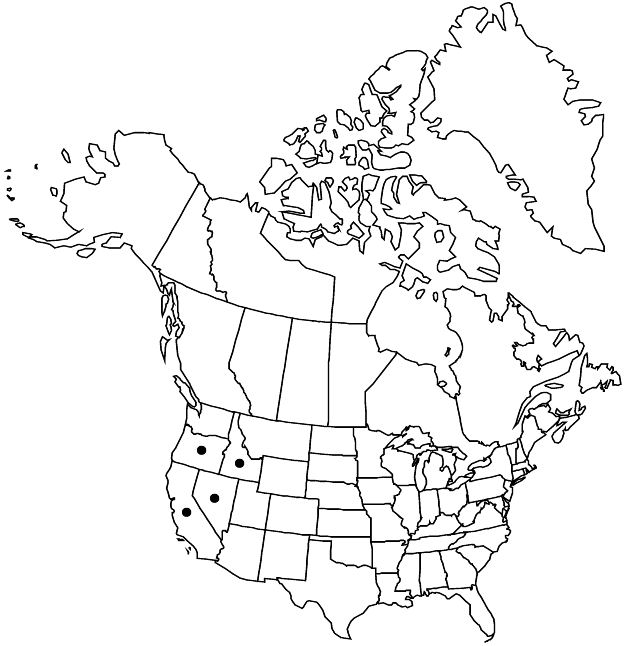Difference between revisions of "Ivesia baileyi"
Botany (Fortieth Parallel), 90. 1871.
imported>Volume Importer |
RevisionBot (talk | contribs) m (Bot: Adding category Revised Since Print) |
||
| (2 intermediate revisions by 2 users not shown) | |||
| Line 63: | Line 63: | ||
|publication year=1871 | |publication year=1871 | ||
|special status=Endemic | |special status=Endemic | ||
| − | |source xml=https:// | + | |source xml=https://bitbucket.org/aafc-mbb/fna-data-curation/src/2e0870ddd59836b60bcf96646a41e87ea5a5943a/coarse_grained_fna_xml/V9/V9_338.xml |
|subfamily=Rosaceae subfam. Rosoideae | |subfamily=Rosaceae subfam. Rosoideae | ||
|tribe=Rosaceae tribe Potentilleae | |tribe=Rosaceae tribe Potentilleae | ||
| Line 71: | Line 71: | ||
}}<!-- | }}<!-- | ||
| − | -->[[Category:Treatment]][[Category:Ivesia sect. Setosae]] | + | --> |
| + | |||
| + | [[Category:Treatment]] | ||
| + | [[Category:Ivesia sect. Setosae]] | ||
| + | [[Category:Revised Since Print]] | ||
Latest revision as of 18:07, 6 November 2020
Plants green, ± tufted, often forming hanging clumps, sometimes rosetted. Stems pendent or prostrate to ascending, 0.5–2(–2.5) dm. Basal leaves planar, 3–12(–18) cm; sheathing base not or sparsely strigose abaxially; petiole 1–8 cm; lateral leaflets 2–6(–10) per side, separate to slightly overlapping distally, ovate or obovate to flabellate, 4–15(–25) mm, incised 1/4–3/4 to base into 3–11(–15) ovate to oblanceolate teeth or lobes, apex not setose, surfaces ± sparsely short-pilose or hirsute, ± glandular; terminal leaflets ± distinct. Cauline leaves 1–2; blade reduced. Inflorescences (1–)5–40-flowered, open, (1–)1.5–8(–10) cm diam. Pedicels 2–15(–30) mm. Flowers 4–10 mm diam.; epicalyx bractlets 5, narrowly lanceolate to ovate, 0.8–2.5 mm; hypanthium patelliform, 0.5–2 × 2–4 mm; sepals (1.2–)1.5–4 mm, acute; petals white or pale yellow, oblanceolate to narrowly spatulate, 1.5–2.5 mm; stamens 5, filaments 0.5–1.1 mm, anthers yellow, sometimes with reddish margins, oblong, 0.4–0.7 mm; carpels (1–)3–8, styles 0.9–1.8 mm. Achenes greenish white to light tan, 1.5–2 mm, smooth or rugose, ± carunculate.
Distribution

Calif., Idaho, Nev., Oreg.
Discussion
Varieties 2 (2 in the flora).
The two varieties accepted here were not recognized by D. D. Keck (1938), who instead treated Ivesia setosa as a variety of I. baileyi. Field investigations confirm that the three entities are reasonably distinct morphologically, with intergradation where their otherwise distinct ranges overlap in central Nevada.
Selected References
None.
Key
| 1 | Petals pale yellow; hypanthium interior yellow to golden; epicalyx bractlets ± 3/4 to as long as sepals; achenes smooth. | Ivesia baileyi var. baileyi |
| 1 | Petals white; hypanthium interior pale green or cream to maroon; epicalyx bractlets usually less than 1/2 as long as sepals; achenes rugose. | Ivesia baileyi var. beneolens |